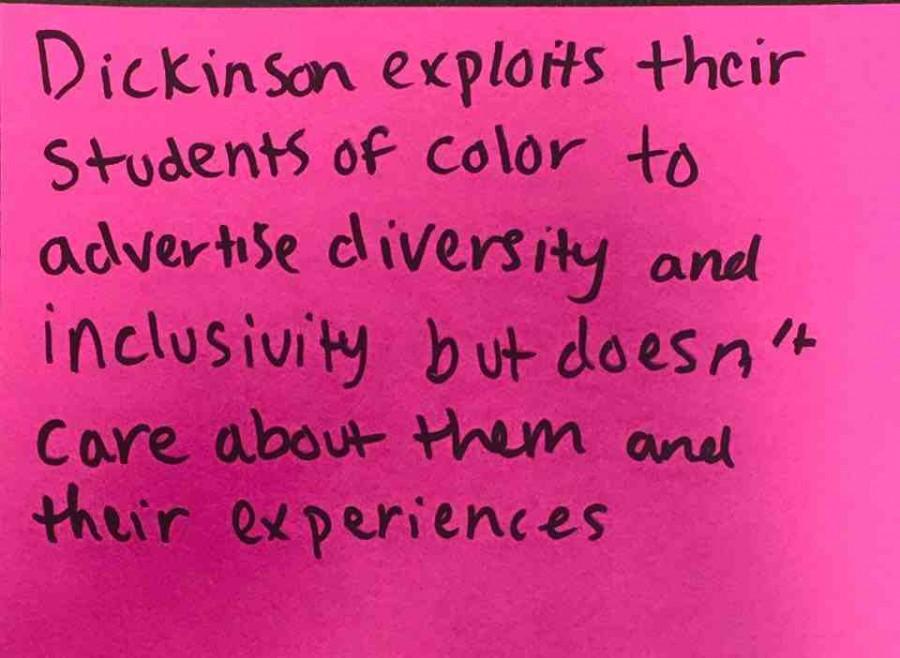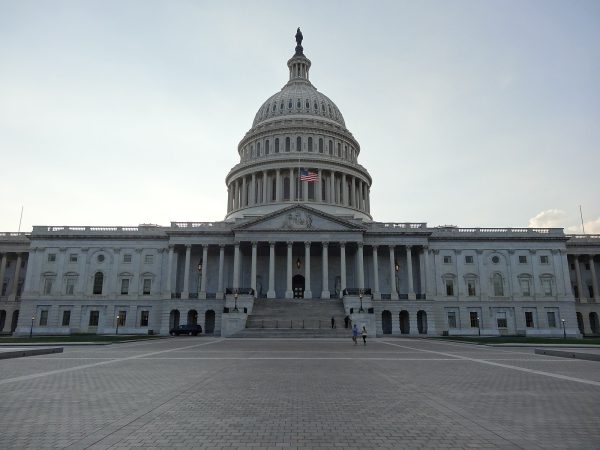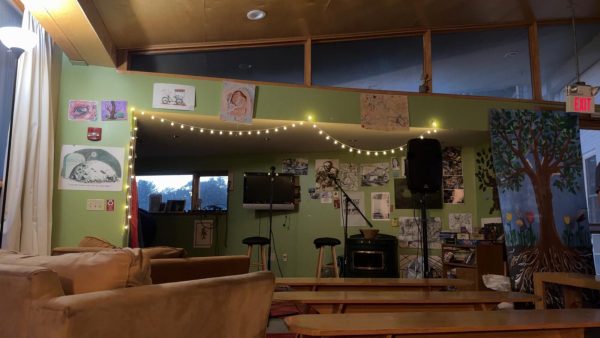Posters Shed Light on Discrimination
On the morning of Tuesday, Nov. 17, students entering the upper level of the HUB encountered posters displaying anonymous statements about instances of bias and discrimination based on race, sexuality, gender expression and mental health on Dickinson’s campus.
Marina Butler ’17 organized this demonstration in reaction to the Engagement Survey being conducted by the Office of Institutional Research. Butler said that she wanted to show the entire community, not just the administration collecting the data, the experiences of minority students at Dickinson.
“People come to Dickinson ignorant of issues like race and gender because they don’t see them in their daily lives. They can say racism doesn’t happen because they don’t see it. So to educate them, we need to show them the experiences of their fellow students and surround them with their voices,” explained Butler.
Butler called for students to share their experiences of discrimination with her at a table in the bottom of the HUB on Friday Nov. 13. She and other students transferred the testimonies onto construction paper and then posted the stories around the HUB on Tuesday morning. Butler also emailed images of the posters to President Nancy Roseman and Joyce Bylander, vice president of Student Life, along with a letter about the project.
Bylander said that she and Roseman read Butler’s letter and the comments on the posters.
“I think I can safely say that we were moved by the things that were expressed,” Bylander said. “As a college, we must find a way to work together to advance the work of building a more inclusive community where individuals don’t feel alienated. According to the comments, we have work to do across the institution.”
Vincent Stephens, director of the Popel Shaw Center for Race and Ethnicity, posted to Facebook on Tuesday afternoon to express his “gratitude” to the students who distributed the posters.
“The issues raised by the signs posted in the HUB speak to ongoing cultural challenges and provide an opportunity to continue working together as a community to address concerns about belonging, safety and esteem,” Stephens said. “I had the opportunity to make notes on all the themes listed and look forward to sharing them with faculty, staff and administrators at an upcoming workshop I’m leading on Friday, [Nov. 20).”
Butler said she has received mixed feedback about the posters from students.
“People were reading the posters, which makes me very excited,” Butler said. “There were some snide comments, but the people who said those things under their breath didn’t ask the purpose of the project beforehand.”
After Common Hour, staff asked students to remove posters from the walls to prevent damage to the paint. The posters were then moved into the spiral staircase and onto two sandwich boards in the top of the HUB.
“It’s frustrating that [administration] cared more about responding to the paint, which might have already been ruined since the posters had already been hung on it, than responding to the actual issue in front of them,” said Butler.
Student Senate President Ian Hower ’16 participated in making the posters and believed that “it’s a good opportunity for students, regardless of their background, to hear how the perception of identities has affected other students’ experiences at Dickinson.”
“There is still more that Dickinson needs to do,” stated Butler. “Diversity is not equity. You can bring in more minority students, but you need to bring diversity education into the classroom and train the faculty to show students that issues of race and gender are all around them, otherwise the pressure falls on the students to educate their peers and get rid of the ignorance.”





